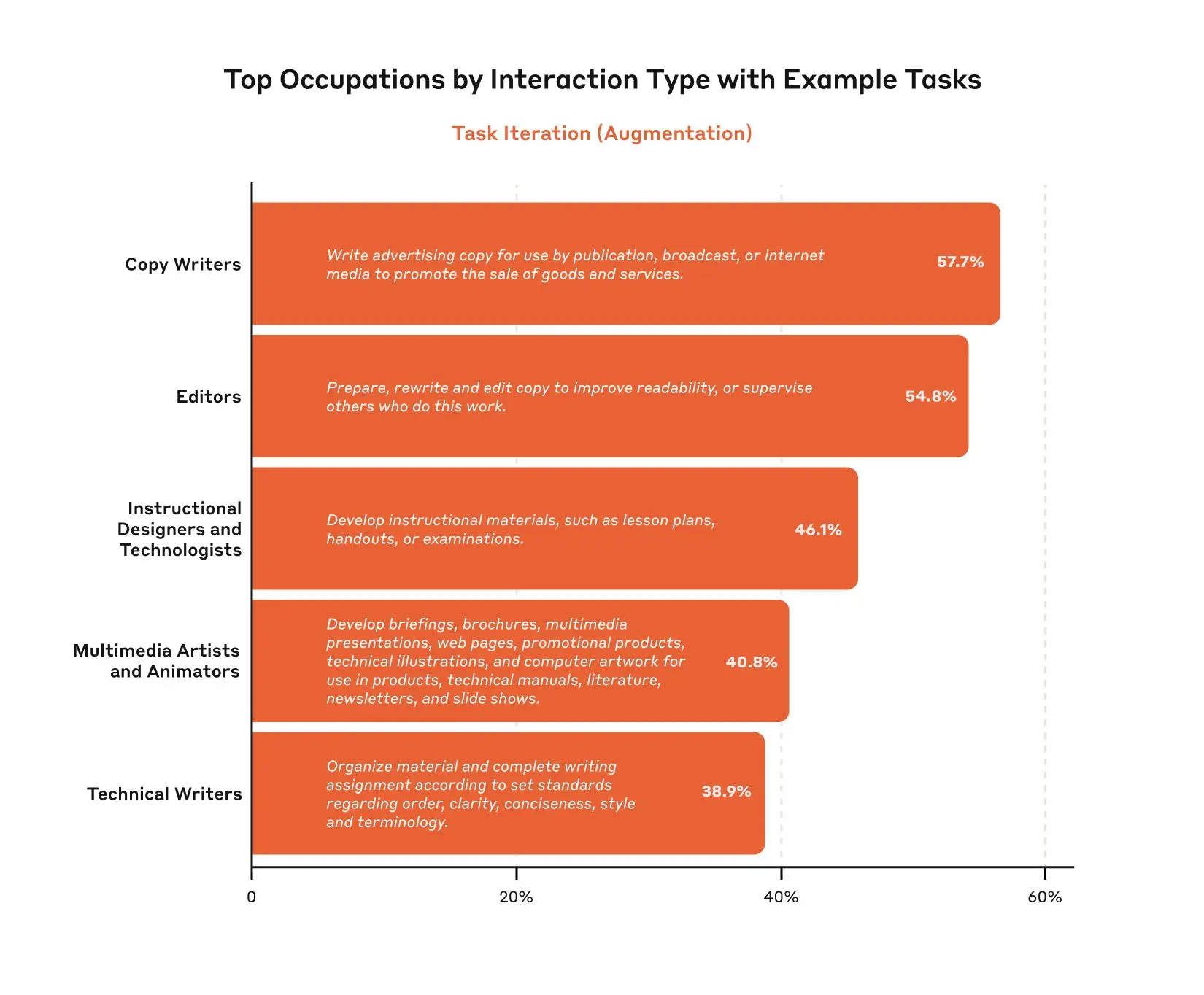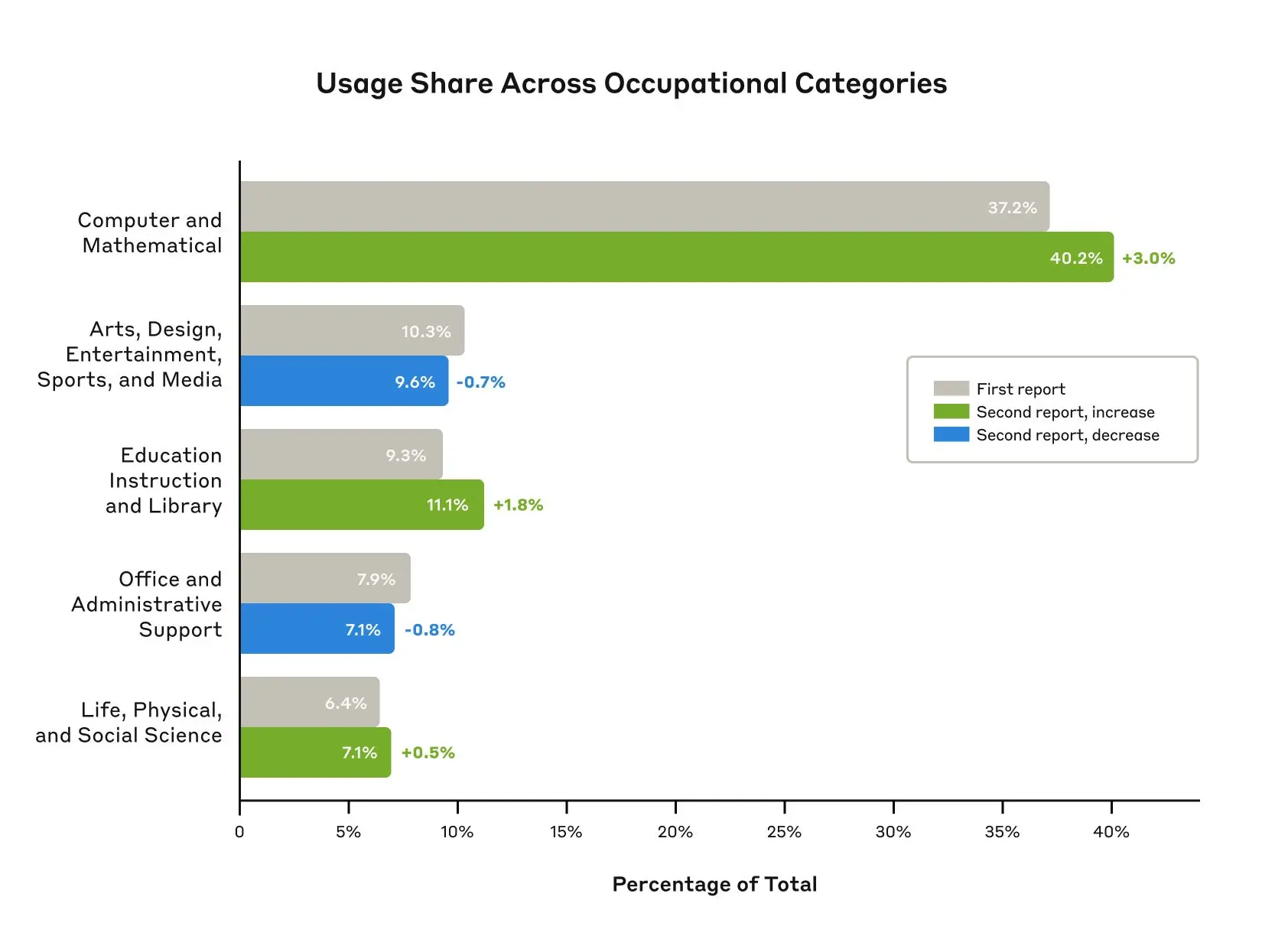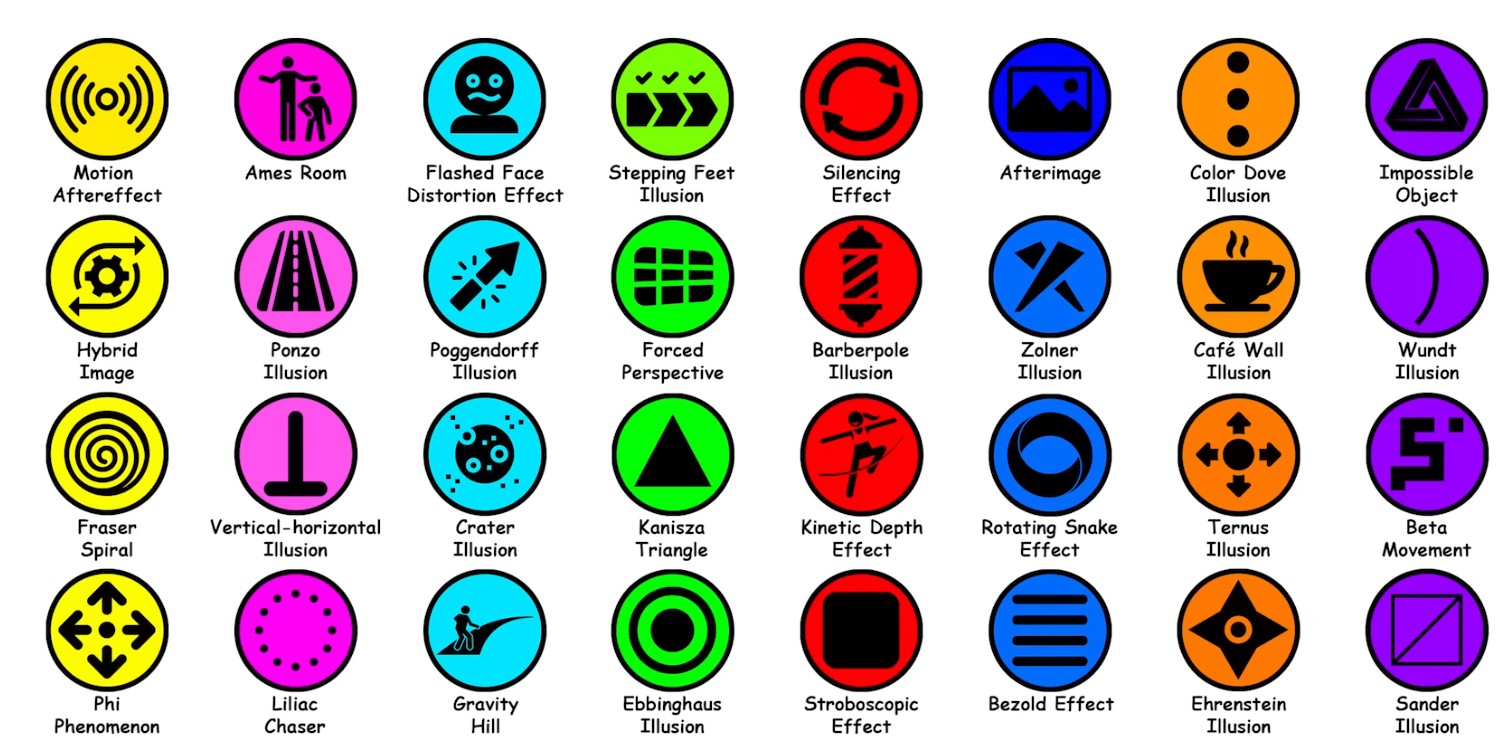BREAKING NEWS
LATEST POSTS
-
-
John Cutler – The production Failure Threshold (for Start Ups)
https://cutlefish.substack.com/p/tbm-290-the-dependency-threshold
There’s a point beyond which no individual, no team, and no company can solve the dependency and constraint puzzle using brute-force methods.
Imagine a company where 10% of the work involves multiple teams, touches different codebases, requires careful coordination, and requires frequent meetings that span organizational boundaries and challenge local incentives. This situation might still be feasible.
Now imagine that this percentage is more like 25%. Very quickly, the constraint satisfaction problem becomes an order of magnitude more complex.
What might a heuristic approach look like in product development?
- Reducing work-in-progress limits
- Force ranking priorities
- Weighted-shortest-job-first
There (is) a chance that teams will miss an opportunity to find an optimal solution? Yes. But the probability of that happening is far outweighed by the likelihood that 1) bad things will NOT happen, and 2) good things may emerge.
The trouble, I believe, is that it can be incredibly hard for managers to make the case for, on the surface, doing less. Discussions about WIP limits and prioritization often devolve into debates over the actual WIP limit and precise estimates! Instead of seeing the forest through the trees, we obsess about finding the optimal answer.
-
The Three Laws of Software Code Complexity
https://maheshba.bitbucket.io/blog/2024/05/08/2024-ThreeLaws.html
- A well-designed system will degrade into a badly designed system over time.
- Complexity is a Moat (filled by Leaky Abstractions).
- There is no fundamental upper limit on Software Complexity.
-
Raw hours – If you want to get really good at something, forget about shortcuts. You simply have to inject a ton of raw hours.
Jonathan Stern Raw hours
On Twitter yesterday, @RJoads asked me how I got good at styling (CSS).
I replied: “Raw hours. I’m obsessed with how things look and feel—probably more than the median engineer. Mind you, this has not always been a positive. I’ve been wildly distracted for hours and hours on the smallest items, things that truly do not matter to the business. But that’s how I’ve gotten better.”
If you want to get really good at something, forget about shortcuts. You simply have to inject a ton of raw hours.
“Work smarter, not harder” is a common refrain these days—particularly in sophisticated circles. The thing is, for most people I think it’s bad advice. My experience learning to code has suggested you have to work hard before you know how to work smart. No substitute for raw hours.
It’s similar to what Brian Armstrong says: “If you’re pre-product/market fit, the best advice that I have from that period is: action produces information. Just keep doing stuff.”
People with limited experience are similar to startups pre-product/market fit. Of course you should aim to work smarter! The catch is that you have to work extremely hard in order to know HOW to work smart. You must first go down dozens of dead-end paths to know where the smarter paths lie.
The second catch is that in order to be able to inject a ton of raw hours in a natural, sustainable way, oftentimes you need to be OBSESSED. Otherwise – you’ll be banging your head against the wall year after year. Some people are so dogged they’re able to do it. But this is exceedingly rare and probably not worth aspiring to.
“It’s hard to do a really good job on anything you don’t think about in the shower.” – Paul Graham
Doing is normally distributed; Learning is log-normal
https://hiandrewquinn.github.io/til-site/posts/doing-is-normally-distributed-learning-is-log-normal
FEATURED POSTS
-
Anthropic Economic Index – Insights from Claude 3.7 Sonnet on AI future prediction
https://www.anthropic.com/news/anthropic-economic-index-insights-from-claude-sonnet-3-7
As models continue to advance, so too must our measurement of their economic impacts. In our second report, covering data since the launch of Claude 3.7 Sonnet, we find relatively modest increases in coding, education, and scientific use cases, and no change in the balance of augmentation and automation. We find that Claude’s new extended thinking mode is used with the highest frequency in technical domains and tasks, and identify patterns in automation / augmentation patterns across tasks and occupations. We release datasets for both of these analyses.


-
Rec-2020 – TVs new color gamut standard used by Dolby Vision?
https://www.hdrsoft.com/resources/dri.html#bit-depth

The dynamic range is a ratio between the maximum and minimum values of a physical measurement. Its definition depends on what the dynamic range refers to.
For a scene: Dynamic range is the ratio between the brightest and darkest parts of the scene.
For a camera: Dynamic range is the ratio of saturation to noise. More specifically, the ratio of the intensity that just saturates the camera to the intensity that just lifts the camera response one standard deviation above camera noise.
For a display: Dynamic range is the ratio between the maximum and minimum intensities emitted from the screen.
The Dynamic Range of real-world scenes can be quite high — ratios of 100,000:1 are common in the natural world. An HDR (High Dynamic Range) image stores pixel values that span the whole tonal range of real-world scenes. Therefore, an HDR image is encoded in a format that allows the largest range of values, e.g. floating-point values stored with 32 bits per color channel. Another characteristics of an HDR image is that it stores linear values. This means that the value of a pixel from an HDR image is proportional to the amount of light measured by the camera.
For TVs HDR is great, but it’s not the only new TV feature worth discussing.
(more…)
-
The Public Domain Is Working Again — No Thanks To Disney
www.cartoonbrew.com/law/the-public-domain-is-working-again-no-thanks-to-disney-169658.html
The law protects new works from unauthorized copying while allowing artists free rein on older works.
The Copyright Act of 1909 used to govern copyrights. Under that law, a creator had a copyright on his creation for 28 years from “publication,” which could then be renewed for another 28 years. Thus, after 56 years, a work would enter the public domain.
However, the Congress passed the Copyright Act of 1976, extending copyright protection for works made for hire to 75 years from publication.
Then again, in 1998, Congress passed the Sonny Bono Copyright Term Extension Act (derided as the “Mickey Mouse Protection Act” by some observers due to the Walt Disney Company’s intensive lobbying efforts), which added another twenty years to the term of copyright.
it is because Snow White was in the public domain that it was chosen to be Disney’s first animated feature.
Ironically, much of Disney’s legislative lobbying over the last several decades has been focused on preventing this same opportunity to other artists and filmmakers.The battle in the coming years will be to prevent further extensions to copyright law that benefit corporations at the expense of creators and society as a whole.
-
Tobia Montanari – Memory Colors: an essential tool for Colorists
https://www.tobiamontanari.com/memory-colors-an-essential-tool-for-colorists/
“Memory colors are colors that are universally associated with specific objects, elements or scenes in our environment. They are the colors that we expect to see in specific situations: these colors are based on our expectation of how certain objects should look based on our past experiences and memories.
For instance, we associate specific hues, saturation and brightness values with human skintones and a slight variation can significantly affect the way we perceive a scene.
Similarly, we expect blue skies to have a particular hue, green trees to be a specific shade and so on.
Memory colors live inside of our brains and we often impose them onto what we see. By considering them during the grading process, the resulting image will be more visually appealing and won’t distract the viewer from the intended message of the story. Even a slight deviation from memory colors in a movie can create a sense of discordance, ultimately detracting from the viewer’s experience.”





